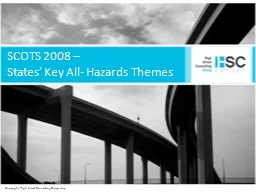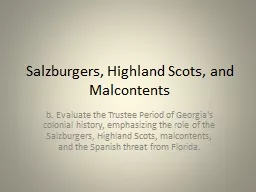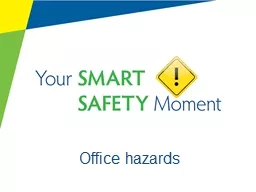PPT-SCOTS 2008 – States’ Key All- Hazards Themes
Author : trish-goza | Published Date : 2018-10-25
States Emerging AllHazards Strengths Organization Support for a daytoday all hazards role is gaining traction at many DOTs eg VA Framework Teams for Critical Infrastructure
Presentation Embed Code
Download Presentation
Download Presentation The PPT/PDF document "SCOTS 2008 – States’ Key All- Hazar..." is the property of its rightful owner. Permission is granted to download and print the materials on this website for personal, non-commercial use only, and to display it on your personal computer provided you do not modify the materials and that you retain all copyright notices contained in the materials. By downloading content from our website, you accept the terms of this agreement.
SCOTS 2008 – States’ Key All- Hazards Themes: Transcript
Download Rules Of Document
"SCOTS 2008 – States’ Key All- Hazards Themes"The content belongs to its owner. You may download and print it for personal use, without modification, and keep all copyright notices. By downloading, you agree to these terms.
Related Documents














